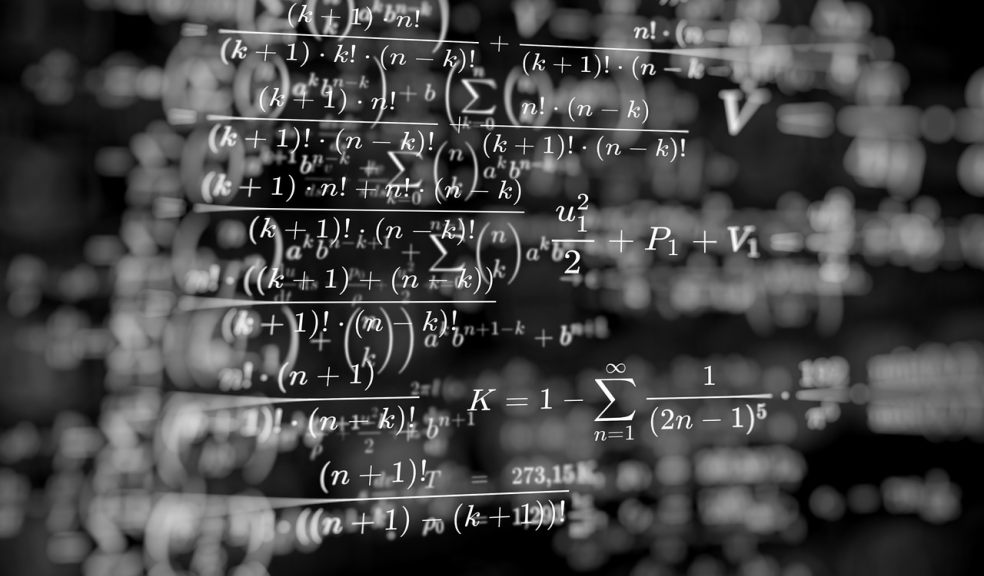
Counting Down to the Results of Yuri Milner’s 2022 Breakthrough Junior Challenge
Young people who have a passion for science can share their knowledge with the world by entering the global Breakthrough Junior Challenge. Funded by Julia and Yuri Milner, who are signatories of the Bill Gates-Warren Buffett philanthropic Giving Pledge, every year the Breakthrough Prize Foundation encourages entrants aged 13-18 to produce videos of up to 1:30 minutes that illuminate complicated theories relating to the life sciences, physics, or mathematics. And, every year, the competition announces regional winners from Europe, North America, Central, and South America, Australia and New Zealand, India, the Middle East and Africa, and Asia.
Creating a Winner-Worthy Video
Entrants may create an inventive video in any form they like, integrating creative devices and styles such as animation, documentary, talking head, and dramatic reconstruction. As long as candidates use dynamic visual mediums, they can be as imaginative as they like. These kinds of approaches are typically more engaging than standing in front of a camera and talking.
Once their video is ready, students can enter by completing the Breakthrough Junior Challenge entry forms and questionnaire (about the entrant, their school, and selected topic area) and submitting their finished video, which they should upload to YouTube.
Judging the Breakthrough Junior Challenge
Every year, entrants must complete a Peer-to-Peer Review in which they assess at least five other entrants’ videos. Then, the Breakthrough Prize Foundation’s competition judges analyse each entrant’s video in an Evaluation Panel Review, assessing how well entrants engage as a communicator, illuminate the topic at hand, use creative visual mediums, and explore a difficult topic. They shortlist 75 videos from entrants across all regions.
Members of the public then vote for their favourite videos during the Popular Vote process. Viewers have been watching and engaging with up to 30 videos from each competition region on the Breakthrough Facebook and YouTube pages this September. The video that received the most positive engagement in each region has bypassed the next stage of the judging process, moving straight to the final round of judging, where the panel will assess these videos alongside up to five other entrants’ top-rated videos.
The Breakthrough Prize Foundation will announce the winner of the 2022 Breakthrough Junior Challenge at a live, televised prize-giving ceremony in November. Thanks to Julia and Yuri Milner’s commitment to the Giving Pledge, the winner will receive a $250,000 post-secondary scholarship, $50,000 for a teacher who has inspired them, and a science lab worth $100,000 for their school.
Winners From Previous Years
The Breakthrough Prize Foundation has celebrated several finalists in recent competitions. 2021 and 2020 finalists include:
- Eojin Kim (2021), whose video explains how astrophysicists can use the Tsiolkovsky Rocket Equation to calculate how much fuel a rocket needs to reach a certain altitude.
- Lydia Taylor (2020), whose video explains the invisible Higgs Field by exploring how massive and massless elementary particles interact with the field.
- Jeff Winxin Collado (2020), whose video explains how zoonotic diseases can evolve into spillovers (the passing of a pathogen from one species to another, including from animal to human) through human intervention.
The Giving Pledge: Funding the Breakthrough Junior Challenge
As part of their commitment to Warren Buffet and Bill and Melinda Gates’ Giving Pledge, Julia and Yuri Milner have provided the funding for the Breakthrough Junior Challenge, which allows young people all over the world to develop their scientific understanding, communication skills, and creative drive.
Through the Breakthrough Junior Challenge and his wider initiatives, Yuri Milner aims to invest in cutting-edge space science programs, introduce important scientific questions into public consciousness, support researchers in their efforts to progress fundamental science and mathematics, raise the profiles of these researchers, and extend scientific ideas to the next generation, inspiring young people to carry out their own research into these concepts.













